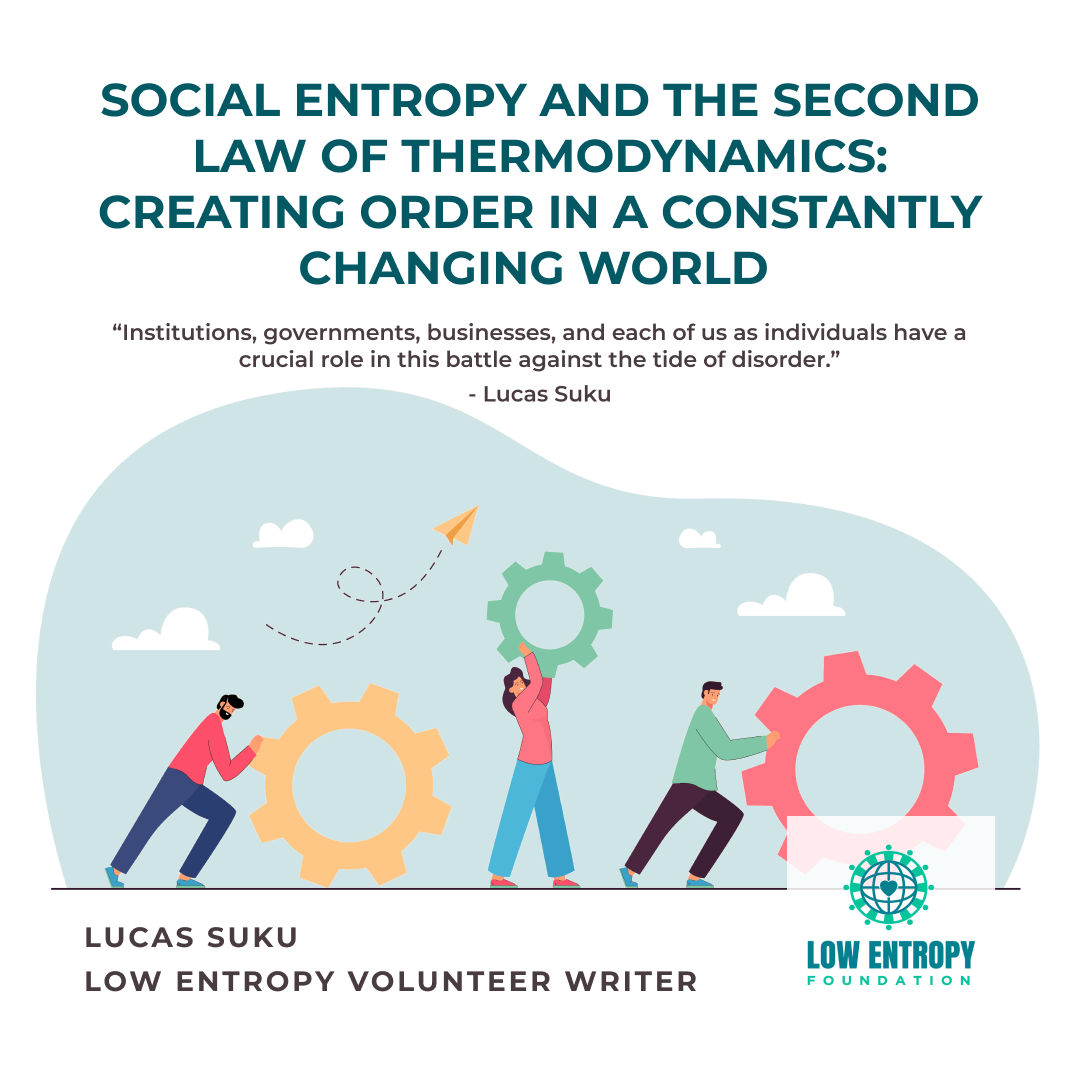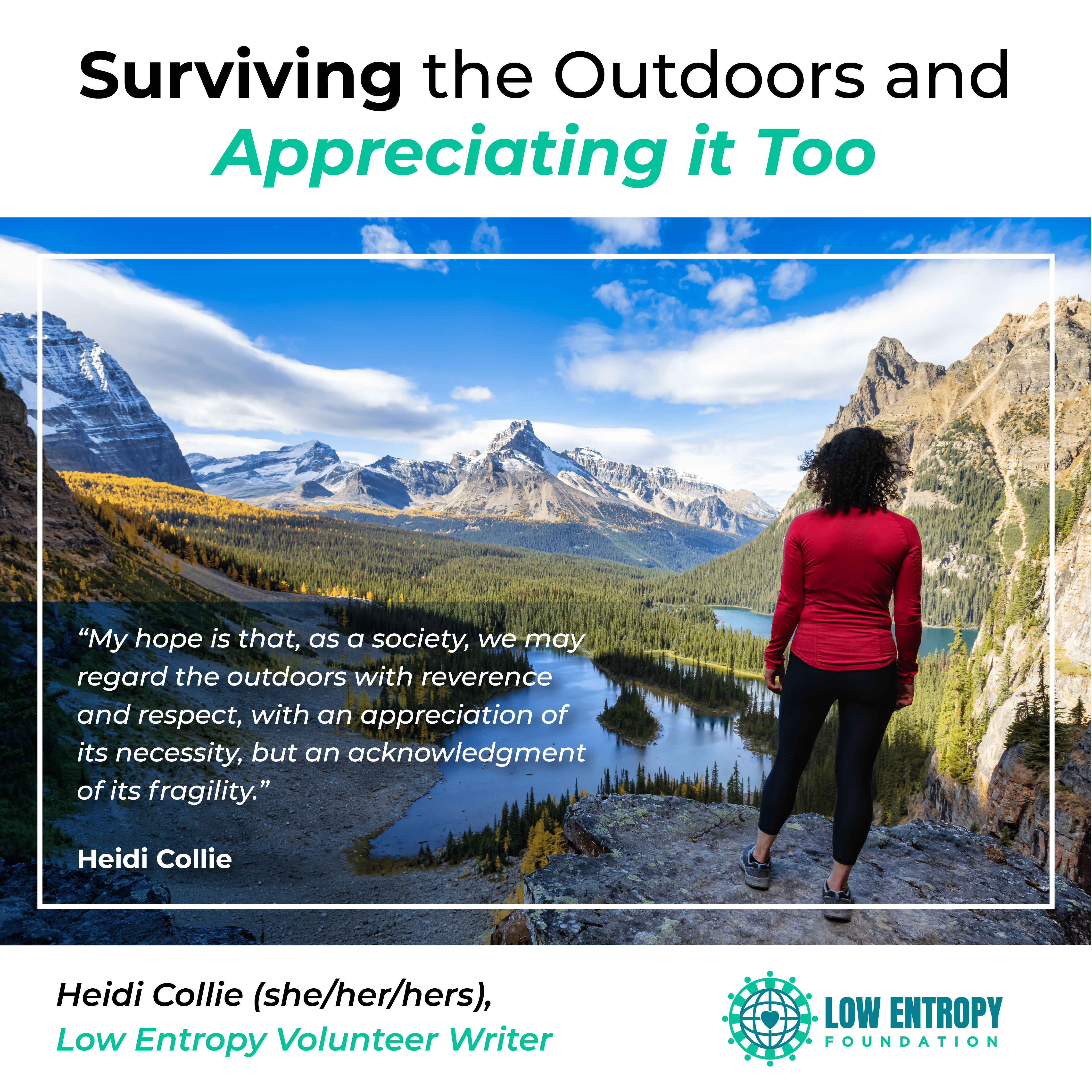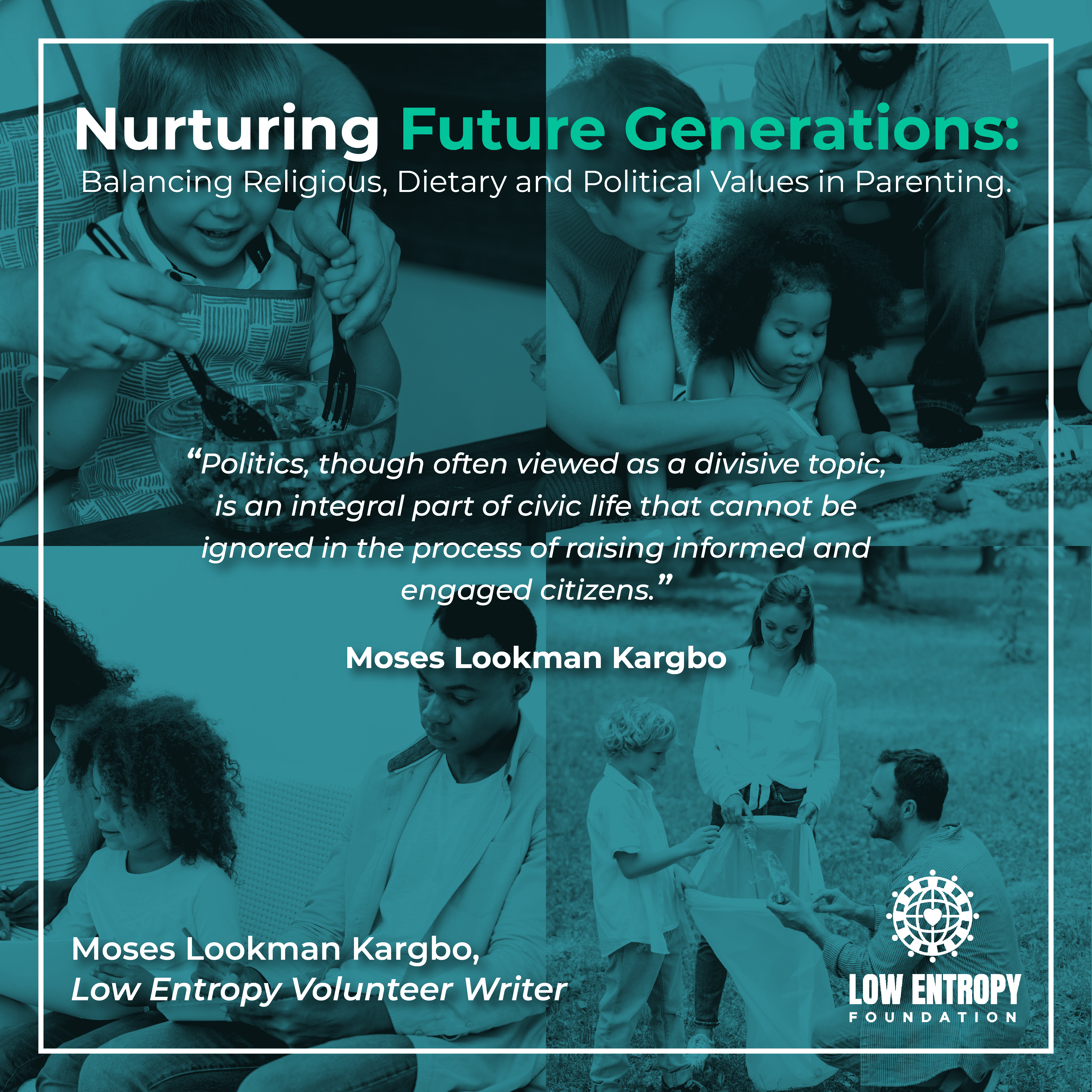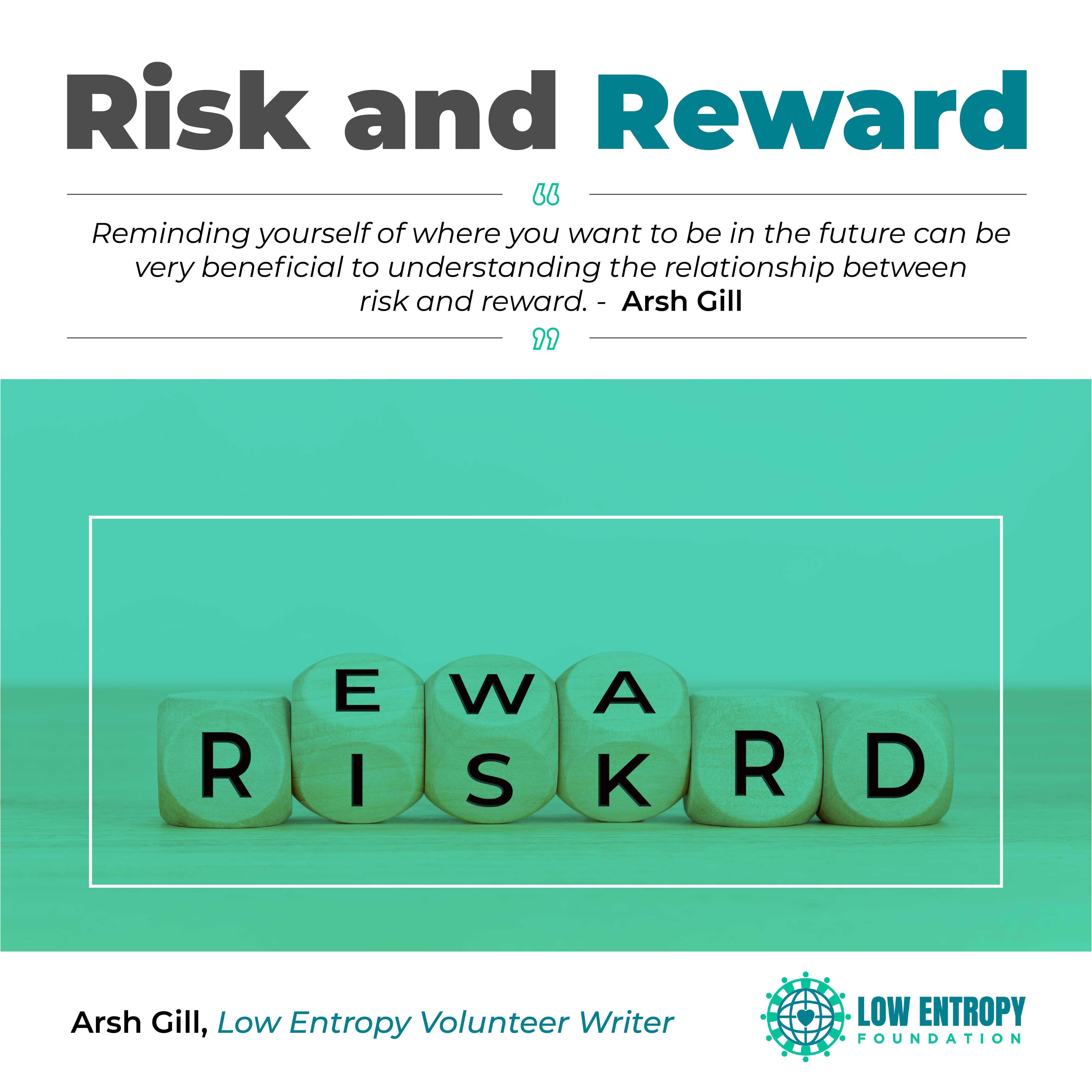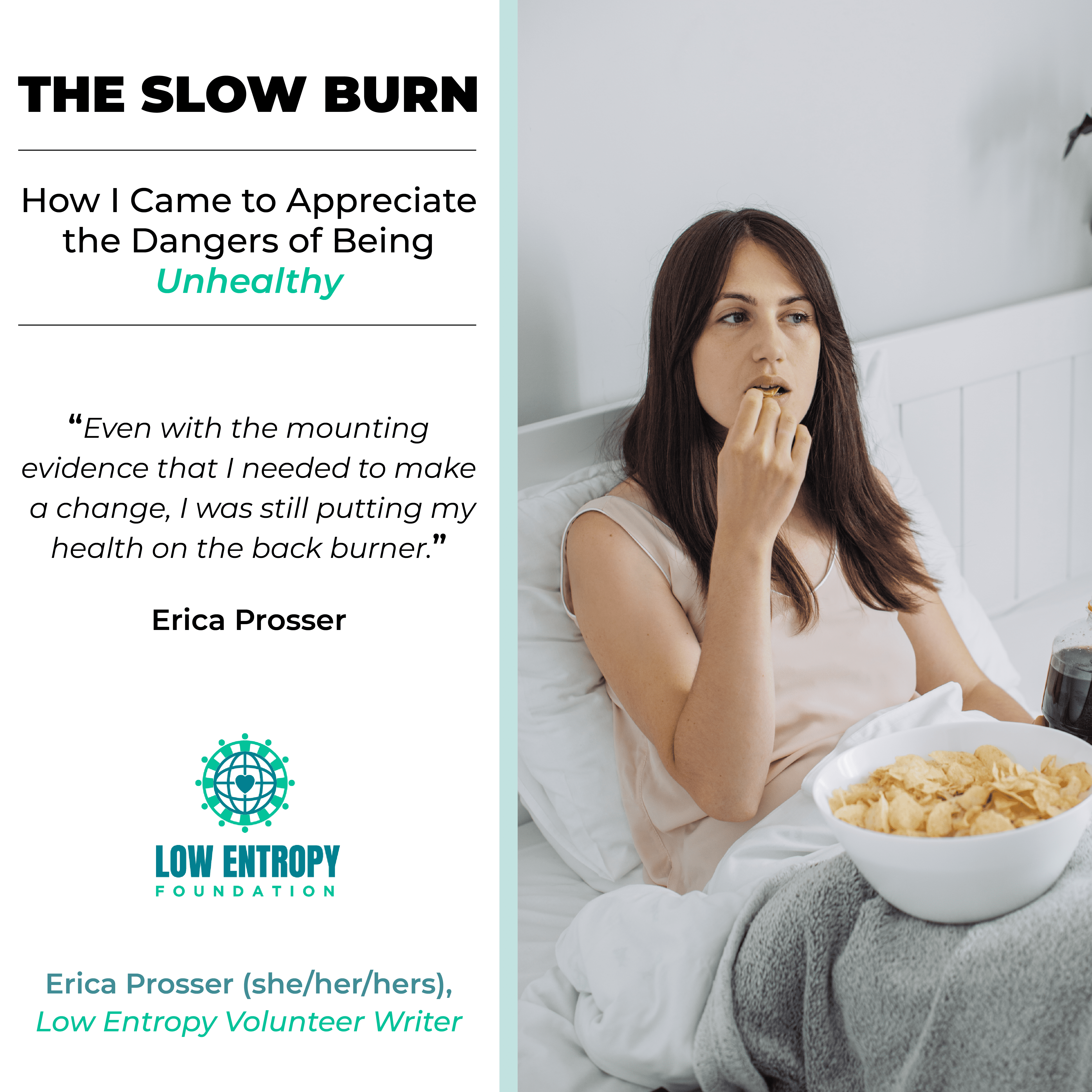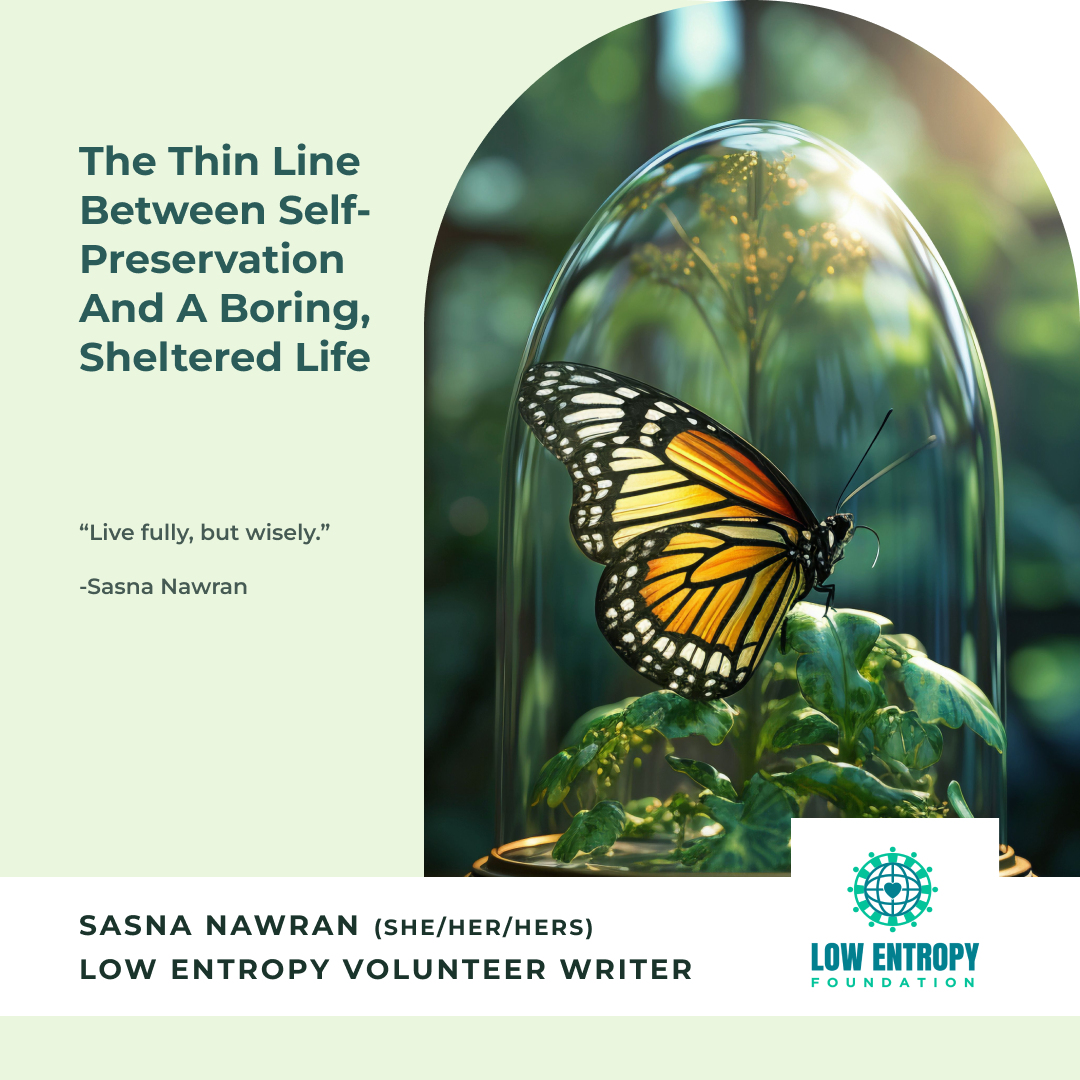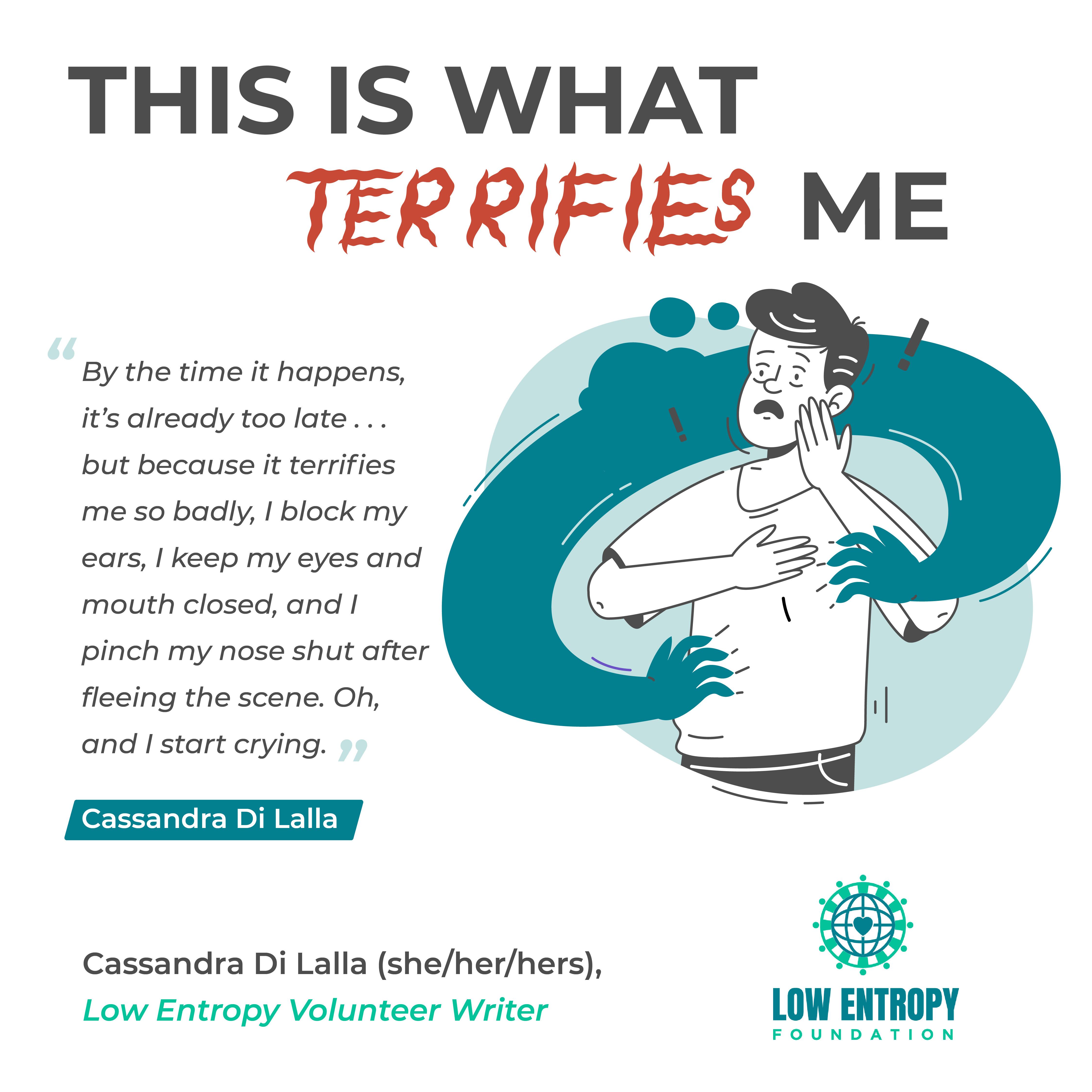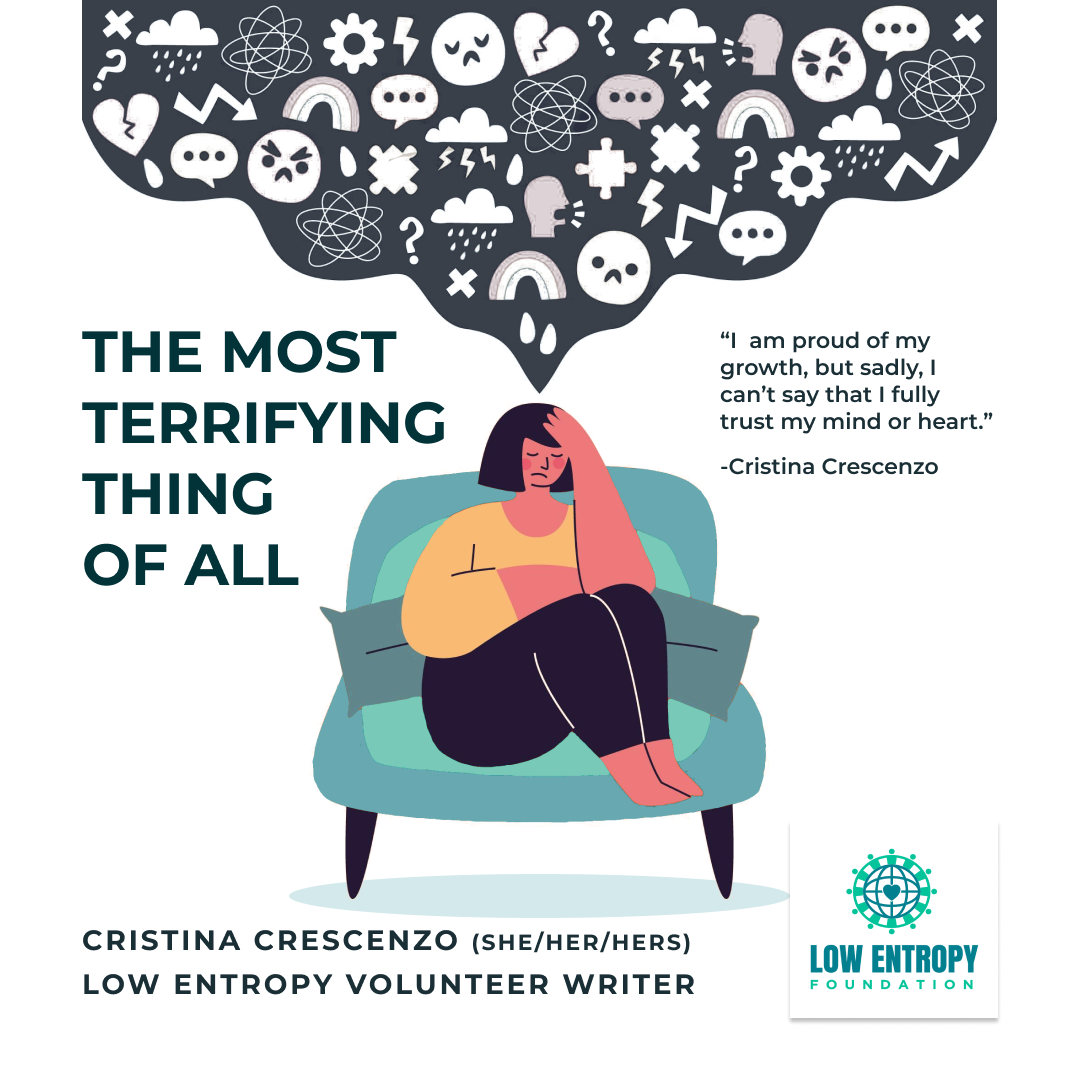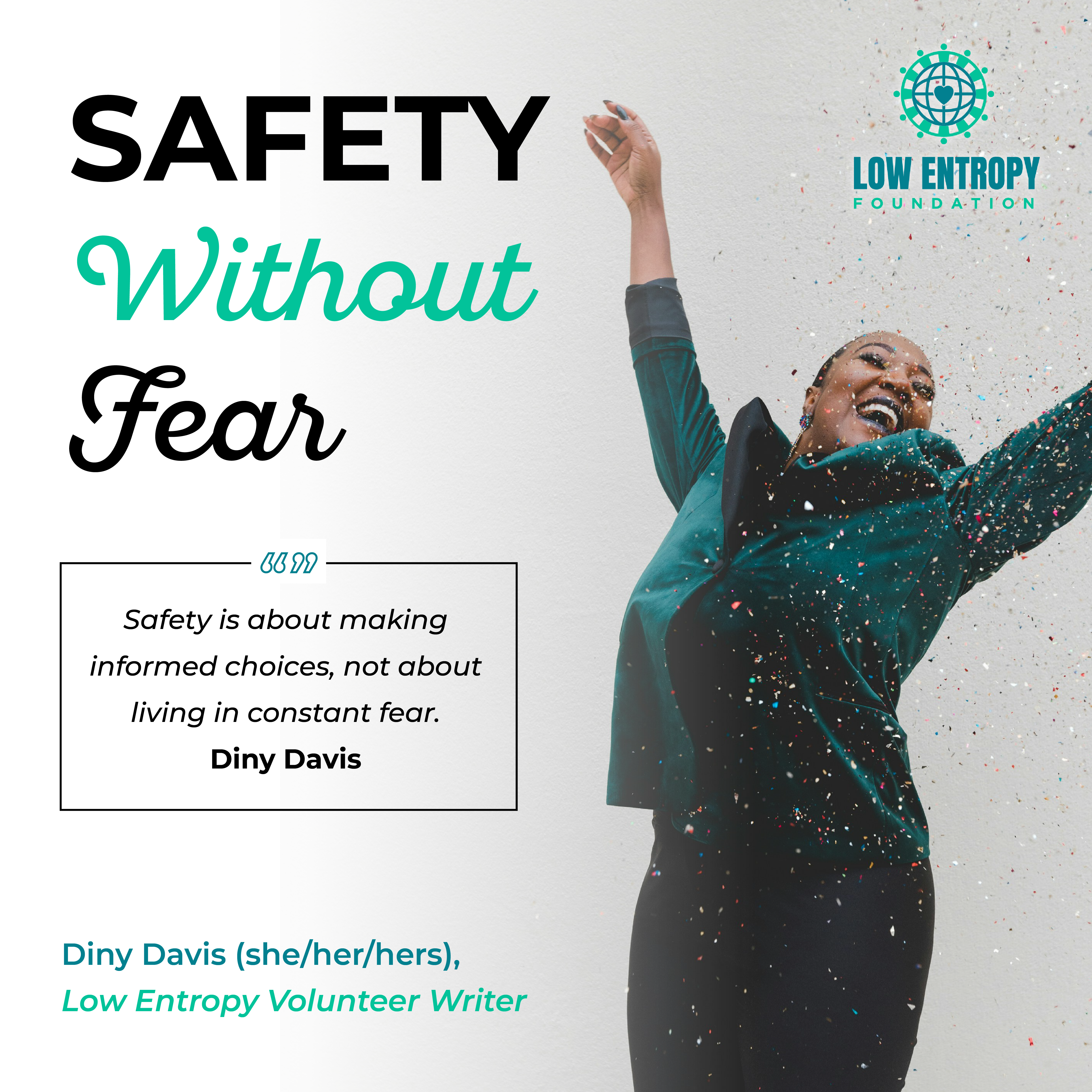Lucas Suku, Low Entropy Volunteer Writer
The second law of thermodynamics whispers in our ear that disorder is the natural destiny of all things. This relentless and inevitable law speaks of entropy, that measure of chaos that always tends to increase. In a universe that expands and cools, where everything tends to be or become disorganized, it is easy to see the shadow of entropy in the flow of our daily lives.
Ludwig Boltzmann and Rudolf Clausius, pioneers in the fields of thermodynamics and disorder, taught us that randomness is a universal constant. But what happens when this physical principle crosses the threshold into our social reality? In contemporary society, entropy is not just a formula in a physics book; it is a palpable force, a tide threatening to overflow our most cherished structures.
We live in times where disorder seems to be the norm. Pandemics, climate crises, political conflicts, and economic inequalities are the faces of chaos in our lives. These challenges constantly remind us that disorder is an ever-present possibility, an underground current that can emerge at any moment.
However, we are not destined to be mere passive spectators of this social entropy. Just as nature requires energy to maintain order, society needs a collective effort to counteract chaos. Institutions, governments, businesses, and each of us as individuals have a crucial role in this battle against the tide of disorder.
Institutions and governments are the architects of stability. Their policies can reduce inequalities, their programs can enlighten minds through education, and their laws can protect the fundamental rights of every citizen. These efforts are the pillars that support the roof of social order. For instance, policies that ensure universal access to education and healthcare not only benefit the directly affected individuals but also strengthen the social fabric as a whole. Businesses, with their vast resources and influence, also play an essential role. By operating ethically and sustainably, they can be beacons of responsibility in a sea of uncertainty. Their inclusive policies and green initiatives are vital energies that feed order in our communities. Companies that implement corporate social responsibility programs not only improve their reputation but also contribute to the stability and well-being of the communities in which they operate.
But the true power resides in us, the individuals. Every small act of kindness, every moment of empathy, and every effort to care for our environment adds to the energy we need to counteract entropy. Volunteering, community participation, and a life lived with values of compassion and shared responsibility are the bricks with which we build walls against chaos. Imagine the impact if every person dedicated just one hour a week to community activities: the cumulative effect would be immense.
Moreover, personal development and self-awareness are powerful tools in this struggle. By working on our own resilience and capacity to adapt, we can better handle the inevitable waves of disorder that life throws at us. Practices like meditation, regular exercise, and continuous learning not only improve our individual quality of life but also prepare us better to contribute positively to society.
Despite the inexorability of the second law of thermodynamics, we are not doomed to a destiny of disorder. As a community, we can forge an order that defies the natural tendency toward chaos. This effort is not a challenge to the laws of physics, but a reaffirmation of our capacity to influence our environment positively. By uniting in a common purpose, we can manage disorder and build a more just, equitable, and sustainable society.
In this constantly changing world, where entropy seems inevitable, each of us has the power to be an agent of order. Together, we can transform disorder into opportunities for growth and connection. Although entropy is a law of nature, our capacity to create order and harmony is infinite. Working side by side, we can show that, although chaos may be a universal constant, our response to it can be a beacon of hope and renewal.
In conclusion, although entropy tells us that disorder will always increase, we must not surrender to this fate. Through individual and collective efforts, we can counteract chaos as well as build a more orderly and harmonious society. Every action counts, and together, we can defy the odds and create a better world for everyone.
—
Lucas Sukutian, an economics professional from Toronto, blends his love for research with a passion for animals, books, and good food. Beyond academics, he values human connections and proclaims tennis as the ultimate sport.







